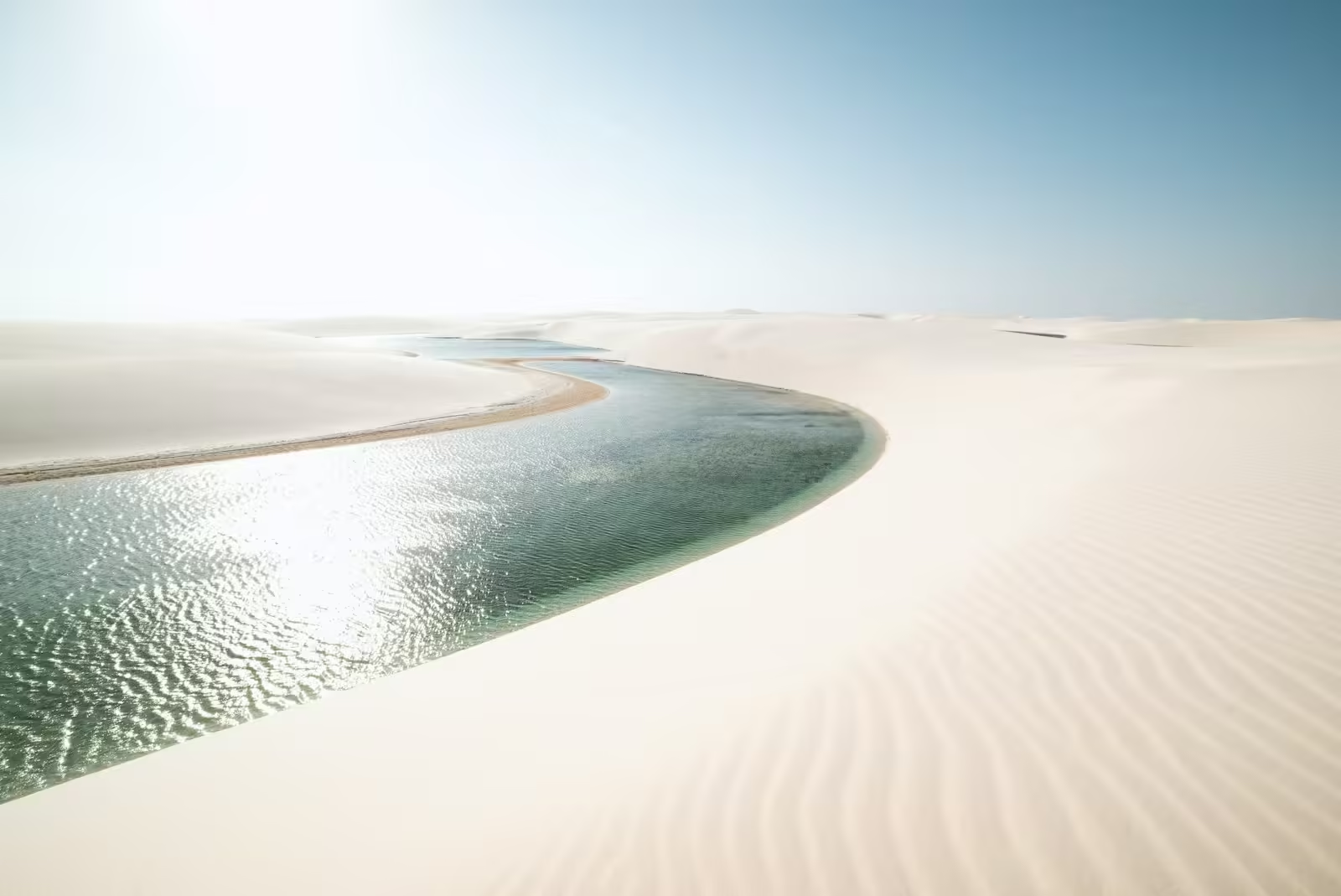Table of Contents
Unknown prehistoric world found on Earth by scientists
At an elevation of more than 12,000 feet, in an area devoid of highways, in the utterly desolate Argentine desert, scientists discovered a foreign and uncharted realm.
On the Puna de Atacama plateau, among white salt plains, is a network of lagoons that have a greenish tint. These lagoons are home to large bacterial colonies known as stromatolites, which grow and form layered mounds. The distinct environment may provide insight into the early history of life on Earth, billions of years ago.
Geologist Brian Hynek, one of the researchers who discovered this elusive environment, stated in a statement that “this lagoon could be one of the best modern examples of the earliest signs of life on Earth.” “It’s unlike anything I’ve ever seen or, really, like anything any scientist has ever seen.”
Professor Hynek of CU Boulder exclaimed, “It’s just amazing that you can find undocumented things like that on our planet.”
You can see these enigmatic lagoons and the life that thrives there in the drone footage below:
Preserved stromatolites, such as the 3.45 billion-year-old fossilized structures discovered in Marble Bar, Western Australia, are among the earliest indications of life on Earth. These stacked mounds were originally made by cyanobacteria, which are photosynthesizing microbes.
It would be many years later, some 2.5 billion years ago, before significant amounts of oxygen from cyanobacteria would even arrive in Earth’s atmosphere.
This recently found habitat may also provide insight into the past of the desert planet Mars, when it was a temperate, wet planet with lakes and even roaring rivers.
“It’s unlike anything I’ve ever seen or, really, like anything any scientist has ever seen.”
“If life ever evolved on Mars to the level of fossils, it would have been like this,” Hynek stated. “Understanding these modern communities on Earth could inform us about what we should look for as we search for similar features in the Martian rocks.”
It’s understandable why these peculiar lagoons have eluded discovery – at least for contemporary biologists. The researchers noticed glimpses of the lagoon on satellite photos while they were lodging in a small high desert town with a population of 35. They drove till the road ended, then walked across the area until they reached the greenish bodies of water.
“In some places, we were sinking up to our knees in salt slush,” Hynek stated.
read also: Researchers have determined the oldest age at which a person can survive 2024.
Scientists discover unknown prehistoric world — on Earth (msn.com)
prehistoric world prehistoric world prehistoric world prehistoric worldprehistoric world

